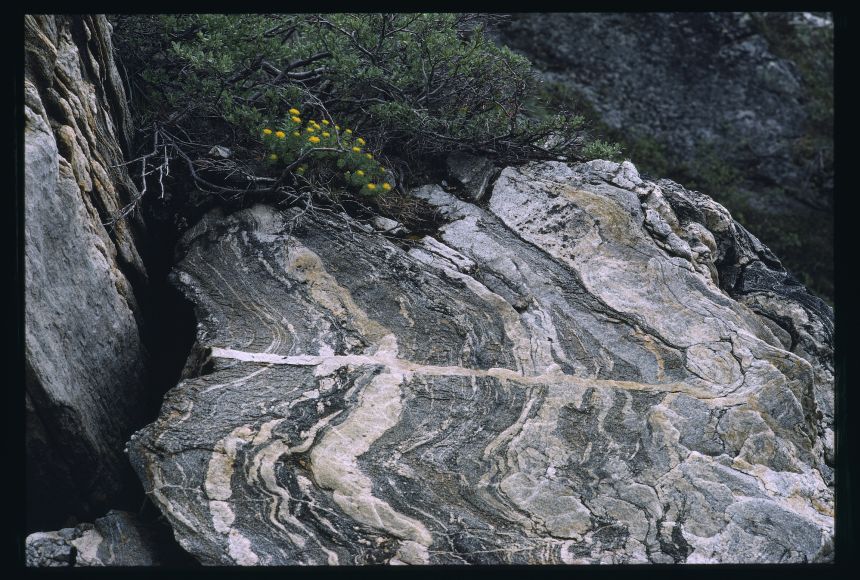Metamorphic rocks are one of the three main types of rocks, along with igneous and sedimentary rocks. They are formed from pre-existing rocks (called parent rocks) that have undergone changes due to heat, pressure, or mineral exchange, typically deep within Earth’s crust. This process, called metamorphism, alters the original rock’s mineral composition, texture, and/or structure, creating a new rock with different characteristics.
There are two main types of metamorphism:
- Contact metamorphism: This occurs when rocks are heated by contact with magma or lava, causing the minerals in the rock to recrystallize and form new minerals. This typically occurs near igneous intrusions or at the Earth’s surface during volcanic eruptions.
- Regional metamorphism: This occurs over a large area, usually as a result of tectonic activity. Rocks are subjected to immense heat and pressure deep within the Earth’s crust, causing them to recrystallize and transform into new rocks.
Some examples of metamorphic rocks include:
- Marble: Formed from the metamorphism of limestone or dolomite.
- Slate: Formed from the metamorphism of shale or mudstone.
- Schist: Formed from the metamorphism of various parent rocks and is characterized by its platy or sheet-like structure.
- Gneiss: Formed from the metamorphism of a wide range of parent rocks, including granite and schist, and characterized by its banded or layered appearance.
Metamorphic rocks play an essential role in understanding Earth’s geological history and are often associated with valuable mineral deposits such as gold, copper, and various gemstones.
Related Article : How Are Metamorphic Rocks Formed
